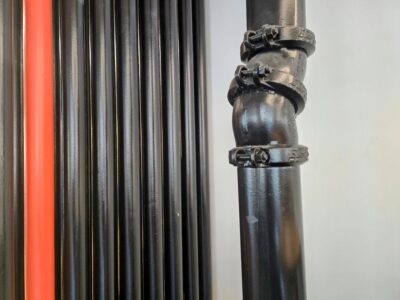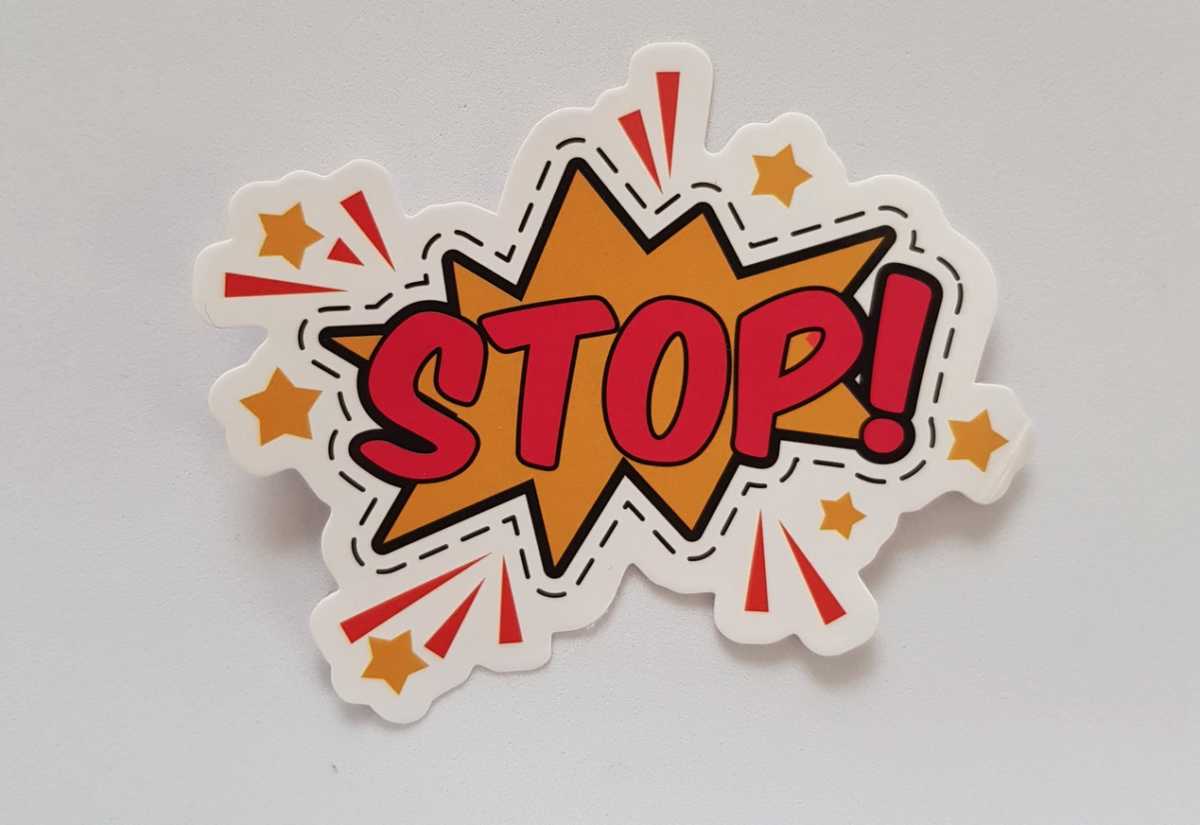Of all the popular culture tropes used to describe people experiencing homelessness, one of the most fascinating — and misleading — is “the homeless hero.”
In North American culture, the homeless hero is a vigilante who lives on the streets, in substandard housing, or in motels. This trope appears in classic comic books, live-action films, television shows, and more. Here are just three of the most prominent examples:
- Depending on the particular edition, Captain America lives in dingy hotels or on the streets of Los Angeles;
- Tony Stark of “Iron Man” is a homeless alcoholic;
- Rorschach of “Watchmen” lives in a slum or “off-the-grid”
In the late 1980s, there was even a comic book superhero known as the “Homeless Avenger,” whose explicit mission was to protect the homeless of New York City. Meanwhile, the protagonists of the films “First Blood” (1982), “Hobo with a Shotgun” (2011), “Hancock” (2008) and “Archenemy” (2020) are all homeless in one form or another. The same goes for Claude from the television series “Heroes,” Sam and Dean Winchester from “Supernatural,” Seong Gi-Hun from “Squid Game,” and others.
Many of these stories pair familiar American themes: extravagant wealth and crushing poverty. If only we had some homeless innovation. The tech economy is full of narratives about the superhero who overcame it all to save us all. They’re simple comforting lies. If you’re not a comic fan, you might be even more familiar with how some take the popular culture trope into the real world. A few recent ones:
- The man from North Carolina who “has taken it upon himself to hide his identity, dress in a superhero outfit and help the homeless at night”
- The California man who dresses up in a purple Batman costume to hand out donations to the homeless
- Or this man who does it while dressed up as Spider-Man
- Or the woman known as the “LA coronavirus superhero” with her signature bedazzled face mask
- There’s also the “Xtreme Justice League” in San Diego and the “Trillium Guards of Ontario,” who conduct group homeless outreach while dressed as superheroes
Or this man. Or this other man.
These people seem well-intentioned, but they’re also misguided — because a culture of superheroes is one of individual achievement and collective neglect. It is a culture of charity rather than real social welfare. Why bother investing in a robust social safety net when we can just have the Justice League hand out donations? Why invest in national pandemic preparedness when we can just have coronavirus superheroes clean up the mess for us?
With all of these costumed solutions for systemic problems, no surprise how our society characterizes sudden acts of heroism from real people experiencing homelessness.
For example, consider the following news headlines from the past three years:
- Homeless hero saves man’s life at Seattle bus stop;
- Homeless hero risks life to save 16 dogs and cats from burning building;
- Homeless hero: Man sleeping at bus stop saves Brays Bayou crash victims;
- Family Hopes to Reconnect With ‘Homeless Hero’ Who Saved DC Police Officer,
- Merced groups to hold memorial for ‘Homeless Hero’;
- Homeless hero’ who rescued people from I-70 crash has saved lives before;
- NC man was sexually abusing 2 girls in a Charlotte park. Then a homeless hero stepped in.
Although this particular trope casts people experiencing homelessness in a positive light, it still reduces them to characters. What’s more disturbing, though, is that we take their homelessness for granted — after all, as popular culture tells us, the “homeless hero” is actually supposed to be homeless.
This problem is magnified when the trope shifts — for example, toward the trope of the “disposable vagrant.”
Like the “homeless hero,” this trope is widespread in film and television. For example, people experiencing homelessness are regularly presented as anonymous, easy targets for murder or cannibalism. A few examples: The film “American Psycho” (2000), and in episodes of “It’s Always Sunny in Philadelphia” and “The Killing.”
At times, this trope takes on a supernatural twist — such as a homeless man being killed by a vampire in “A Girl Walks Home Alone at Night” (2014), a prehistoric crocodile eating homeless people on the show “Primeval,” or strange creatures eating the corpses of homeless people on “Tales from the Crypt.”
People experiencing homelessness also regularly appear as unwilling test subjects in lethal experiments — as in “Die Another Day” (2002), “Venom” (2018), and “The X-Files” — and a cheap source of human organs — as in “Rat Race” (2001), “Donor” (2018) and “The Invisible Man.”
At best, North American popular culture presents people experiencing homelessness as noble savages; at worst, it suggests that they belong in shelters, sewers, or strapped to operating tables to have their organs harvested.
In either case, they’re seen as a different species — still technically human, but not like you and me.
In popular culture, their lives don’t matter as much as ours and their deaths don’t matter much at all. People experiencing homelessness are seen as the underclass, the undeserving poor, the lumpenproletariat — as “surplus life” in modern society. In other words, they’re disposable.
This narrative contributes to the emergence of what anthropologist João Biehl calls “zones of social abandonment.” These are places that overtly or covertly serve as “dumping sites” for people who are mentally ill, impoverished, unemployed, homeless, or otherwise undesirable in a neoliberal society. Rather than rehabilitate and reintegrate them, it becomes more efficient to just move them out of sight, ignore them, and wait for them to die.
What popular culture and social science scholars tell us is that who we think people are affects where we think they belong. The way we think about people experiencing homelessness affects what housing interventions we think they deserve.
For example, I’ve noticed that when we talk about “the homeless,” the associated housing interventions often take the form of temporary, improvisational, makeshift, or “cute” dwellings — such as emergency shelters, outdoor sleeping pods, accessory dwelling units, tiny homes, etc. But when we talk about “young adults,” “young families,” “long-time residents” or simply “people,” the interventions take on the form of rent control, mortgage assistance, zoning reform and legal reform. It’s as if we’re talking about two fundamentally different groups — “the homeless” and “real people” — who deserve two fundamentally different kinds of interventions. “The homeless” get accommodations, while “real people” get large-scale housing support and reform.
We often forget that “the homeless” are “real people.” They may have different needs than others, but they are not a different species. They may require different kinds of housing interventions — but this does not mean the nature, quality, or permanence of that housing should be less than what we expect for ourselves.
Who we think people are affects where we think they belong. Interventions to address homelessness should not be seen as interventions for a different class or species of people. They need to be included in the larger conversation about housing stability and affordability that we see ourselves reflected in. People who are rent-burdened, people experiencing street homelessness, people who are denied a mortgage, people who live in shelters, people who live in cars, people who can’t afford to move out of their parents’ homes, people who couch-surf, people forced to leave their neighborhoods because of gentrification, people confronting a 10-year waitlist for a Section 8 voucher, people whose homes are foreclosed on, people whose homes are destroyed by weather catastrophe — these are all real people, experiencing real distress, and all confronting the question of precarious housing in North America. People experiencing homelessness merely occupy the extreme end of a continuum that affects all of us.
If you ask me, what we need is a culture of social reform, not superheroes. We do not need more people dressing up as Batman to hand out donations at encampments. We need to shift our attention from individual charity to large-scale housing reforms — the kinds of reforms that permit cities to build more affordable housing, to increase their housing stock, to build more permanent supportive housing, to increase housing density, and achieve affordability in perpetuity. We also need to remember that people experiencing homelessness are not here to be our heroes; they are not here to have their organs harvested, and they are not disposable. They are real people, trying to live a meaningful life, and trying to attain what every person wants: safe, affordable, dignified housing.
Join the conversation!
Find news, events, jobs and people who share your interests on Technical.ly's open community Slack

Delaware daily roundup: Delmarva Power vendor stats; DelDOT's $15M federal grant; 50 best companies to work for

Delaware daily roundup: Over 4,000 Black-owned businesses uncovered; Dover makes rising cities list; a push for online sports betting

Philly daily roundup: East Market coworking; Temple's $2.5M engineering donation; WITS spring summit

